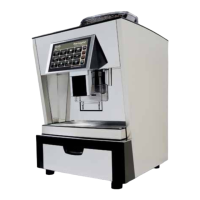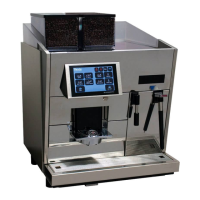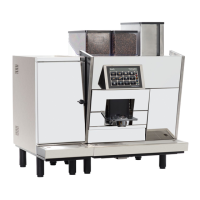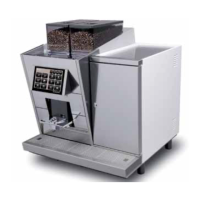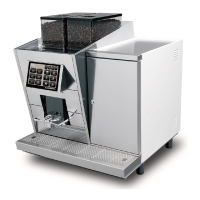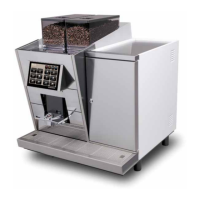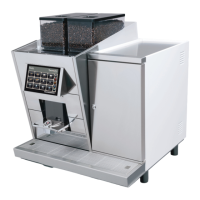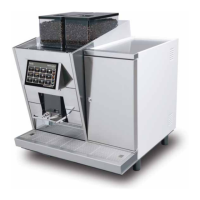2 General notes
2.9 Defrosting
As soon as the layer of ice exceeds 3mm, the refrigerator must be defrosted. This is an important prerequisite to
ensure the faultless and energy-saving operation of the machine.
Switch off the refrigerator and open the refrigerator door to defrost the refrigerator.
Never remove the layer of ice using a pointed or sharp object, e.g. metal objects.This could denitely
damage the cooling plate.
Once defrosted, switch the refrigerator back on again.
2.11 Faults and corrective actions
1. The machine does not work. Check if...:
- the current supply has been interrupted
- the circuit breaker of the electrical system is thrown.
- the plug is damaged or not correctly plugged in.
- thesocketisdefective.Totestit,connectadevicewhichdenitelydoeswork.
- the power supply cable is broken.
2. Loud noise during operation. Check if...:
- the refrigerator or cooling unit is level.
- the refrigerator is touching any furniture which may cause vibrations.
- the cooling pipes are in contact with the back of the machine and are therefore moving freely.
3. Insufcient cooling. Check if...:
- the door closes properly.
- the refrigerator is installed near heat sources.
- therefrigeratorhassufcientventilation.
- the evaporator is iced over.
- the condenser is hampered because of dust.
- the fan rotates freely.
If the refrigerator still does not work once these checks have been carried out, contact an trained service staff.
2.10 Storing the milk
- Do not use unpasteurised milk!Only use heat treated (e.g. pasteurised or ultra heat treated) milk.
- When pouring milk into the container, pay attention to hygiene to ensure that no contaminated milk
enters the system.
- Only pour milk that has already been cooled down (below 5 °C) into the milk container.
- Once the milk has been opened, use it up within 24 hours to prevent health hazards.
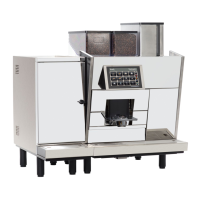
